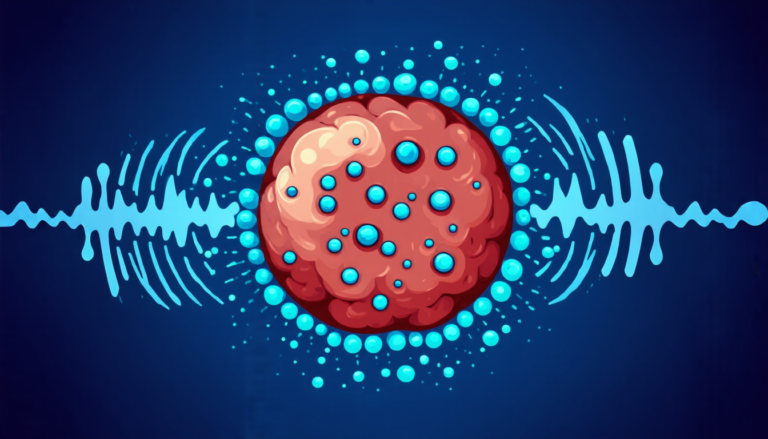Monday 10 March 2025
Researchers have made a significant breakthrough in understanding the intricate relationships between Lie algebras, which are mathematical structures used to describe symmetries in physics and other fields. A Lie algebra is a set of rules that govern how certain mathematical objects interact with each other.
The study, published recently, reveals that there is a deep connection between Lie algebras and crossed modules, which are also mathematical objects used to describe symmetries. Crossed modules have been shown to be closely related to categorical groups, which are group-like structures that can be used to describe the symmetries of physical systems.
The researchers found that they could construct a centre for a Lie 2-algebra, which is a higher-dimensional version of a Lie algebra. A Lie 2-algebra is a mathematical object that describes the symmetries of a physical system in two dimensions. The centre of a Lie 2-algebra is a subspace of the original Lie 2-algebra that preserves its structure.
The study also reveals that the centre of a Lie 2-algebra has a rich algebraic structure, which can be used to describe the symmetries of physical systems. This is significant because it could lead to new insights into the behavior of physical systems and potentially even new ways of describing them mathematically.
One of the key findings of the study is that the centre of a Lie 2-algebra has a natural braiding, which is a mathematical operation that describes how different parts of a system interact with each other. This braiding is similar to the braiding found in other areas of mathematics and physics, such as quantum field theory.
The researchers used a combination of algebraic and geometric methods to study the centre of a Lie 2-algebra. They showed that it can be constructed using a certain type of mathematical object called a crossed module, which is closely related to categorical groups.
The study has implications for our understanding of physical systems and could potentially lead to new insights into their behavior. It also highlights the importance of algebraic geometry in understanding these systems.
Overall, this research sheds light on the intricate relationships between Lie algebras, crossed modules, and categorical groups. It demonstrates the power of mathematical abstraction in uncovering hidden patterns and structures that govern the behavior of physical systems.
Cite this article: “Unraveling the Connections between Lie Algebras and Crossed Modules”, The Science Archive, 2025.
Lie Algebras, Crossed Modules, Categorical Groups, Symmetries, Physical Systems, Algebraic Geometry, Mathematical Structures, Braiding, Quantum Field Theory, Higher-Dimensional Mathematics.
Reference: Mariam Pirashvili, “On the centre of crossed modules of Lie algebras” (2025).







